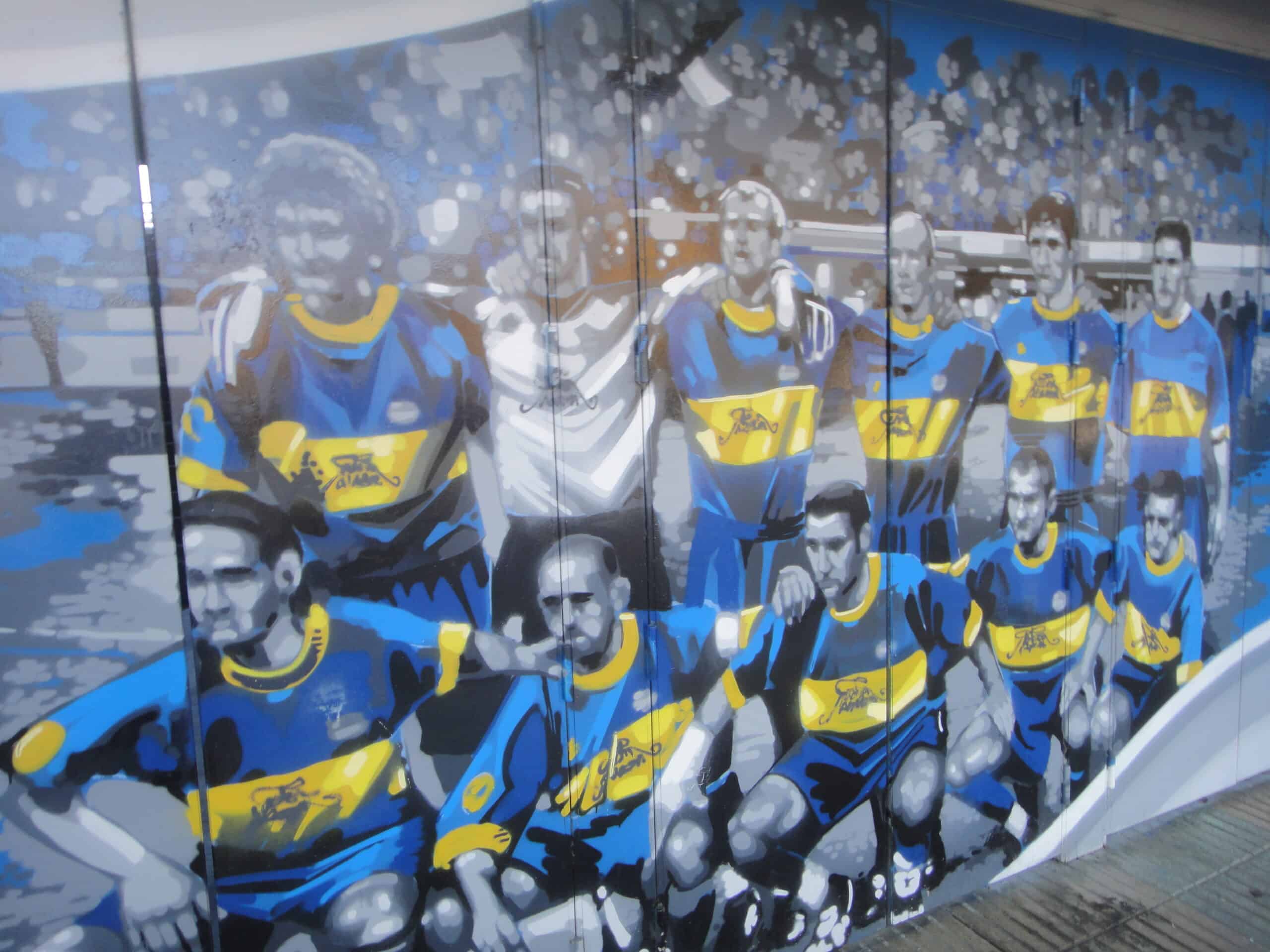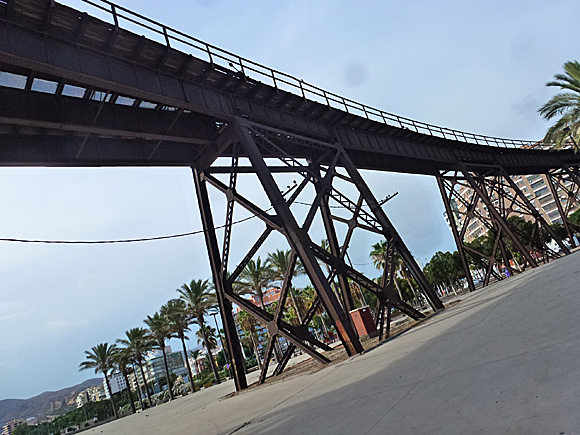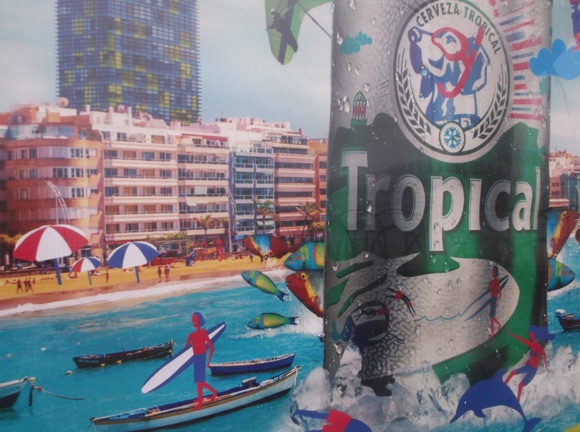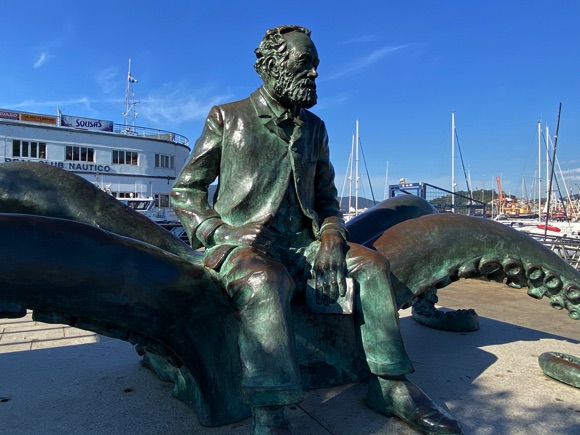Teams, tales and tips – a guide to the local game
When Deportivo Alavés made the 2001 UEFA Cup Final to face Steven Gerrard’s Liverpool, few outside of Spain had heard of them. Where was Alavés? What was Alavés?
Having just completed only their third consecutive season in La Liga after two short spells either side of the war, the Babazorros (‘Bean Sacks’) from the Basque Country seemed to have come from nowhere. This being their debut European campaign, achieved after a domestic league season when three top Spanish sides were relegated, in a way, they had.
Their obscurity was all the more baffling as the city they represent, known to the outside world by its version in two languages back to back, Vitoria-Gasteiz, is the capital of the Basque Country. Bilbao was the cradle of Basque, indeed, Spanish football, and Real Sociedad in San Sebastián were title winners in modern times. Lesser-known Alavés had spent most of the seven-plus decades of league competition up to 2001 mired in the second or third tiers.

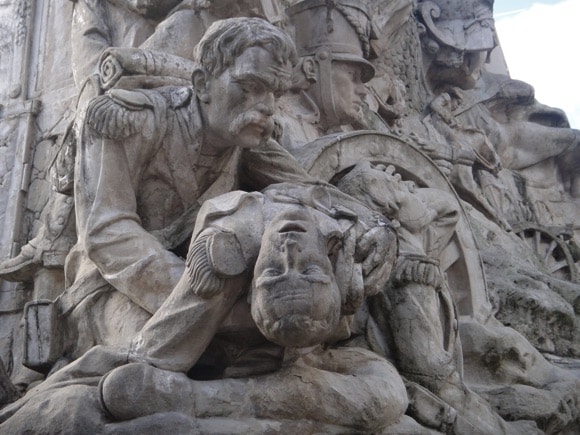
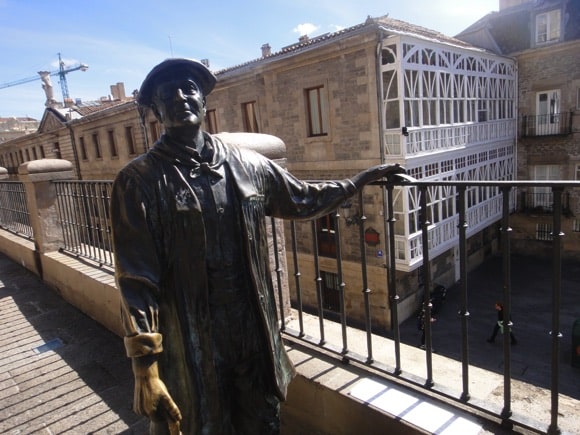
While Basque teams comprised half of the inaugural La Liga in 1929, only one featured in the Segunda initiated at the same time: Alavés. They had been founded in 1920 in a city where cycling was the preferred sport. Outfits such as Sportiva Alavesa and Ciclista Vitoriana attracted the menfolk to take to the saddle rather than kick a ball. A Vitoria Foot-ball Club existed, but only as a side activity.
A purely football team was created in July 1920, not as Alavés but, bizarrely, Sport Friend’s Club. The more familiar name, linked to the surrounding province of Álava, came a year later. Their British-influenced predecessors had played at the Polvorín Viejo, today’s Parque de Judimendi, before a pitch on Camino de Lasarte became the main one.
Games were also played on the Campo de Cervantes, the name given to the patch of ground where the Mendizorrotza now stands, in the area of the same name south-west of town. The road alongside still carries the name of Cervantes. Opened on the eve of the Feast of Saint Prudence, a locally born cleric, in March 1924, the Mendizorrotza is one of the oldest stadiums in Spain still in continuous use. Alavés joined the Basque Federation a year later.
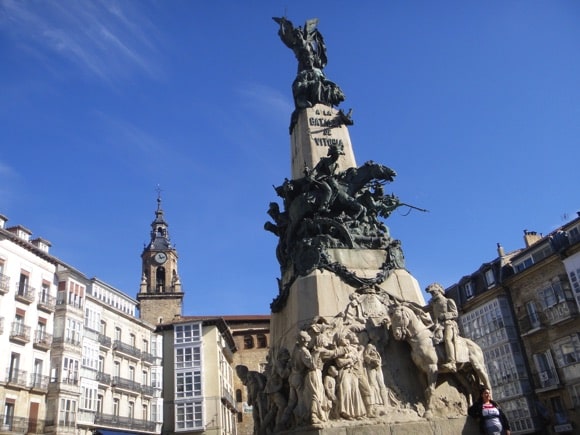

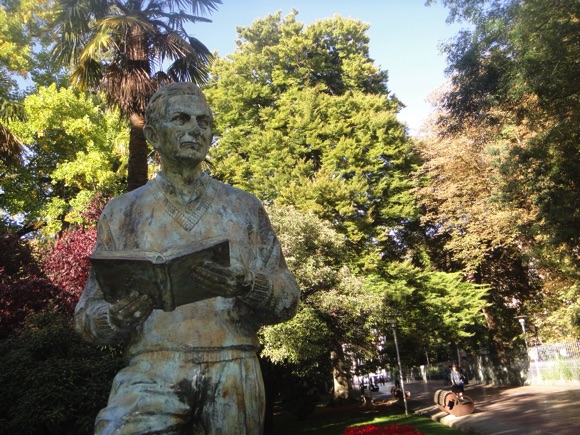
A strong performance in the regional championship, finishing runners-up to the great Athletic Bilbao in 1928, granted Alavés passage to the inaugural Segunda the following year. Two seasons later, they became the first club to win promotion to La Liga. The reason for this strong showing stems from one man, coach Amadeo García de Salazar. A doctor and dermatologist by profession, Vitoria-born García had been instrumental in the rebranding of Alavés in 1921.
The club’s first secretary and coach during that first season in the Basque League, García had the connections to attract top players from the region. Alavés became known as El Glorioso, the team competing at the top level for three straight seasons. Amadeo García then coached Spain at the 1934 World Cup, overcoming Brazil in the first game and losing narrowly to eventual winners Italy after a replay and several strange refereeing decisions. He was also active in Basque politics. No wonder, then, that the square between the Mendizorrotza and the pelota arena next door is named after him.
After the Civil War, and Amadeo García’s death in 1947, Alavés trod water for half a century – hence everyone reaching for the reference books as the Babazorros made their way through Europe in 2000-01. The modern-day equivalent of Amadeo García, José Manuel Esnal, known here as Mané, had not only led Alavés to the Segunda title in 1998 but also on a cup run to the semi-finals, beating Real Madrid and La Coruña on the way. With Jordi Cruyff re-energised, Alavés were a surprise package for more established La Liga clubs in 1999-2000 – and Internazionale in the UEFA Cup the following season.

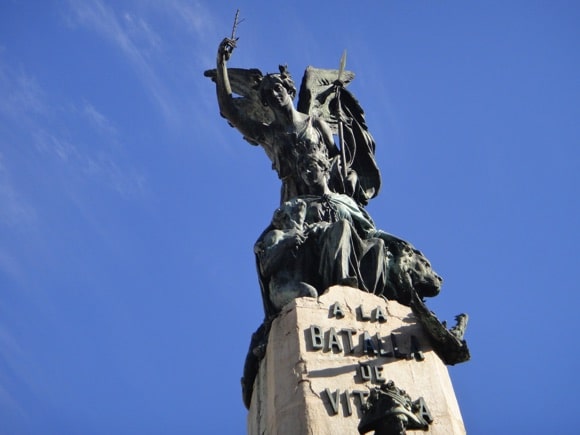

An otherwise relatively easy passage to the final had many underestimating the little-known Vitoria side in the final that year, but not Liverpool manager Gérard Houllier. Having won two cups already that season, he and a team featuring Steven Gerrard and Michael Owen were taken to the wire by a feisty Alavés who had every neutral willing them on as a 4-4 scoreline headed towards penalties.
Arguably the most dramatic European final in history ended with a golden goal, hardly the right term for the deflected header that flew into the Alavés’ own net off defender Delfí Geli. Penalties would have been kinder.
After their 115 minutes of fame, Alavés embarked on another, far shorter, European campaign, then were soon relegated. A decade of mismanagement and second- and third-tier football was brought to a close by promotion in 2016 and a first cup-final appearance in 2017. While Lionel Messi’s Barcelona had too much for Alavés on the night, the Babazorros were back on the big stage for the first time in nearly two decades.
The current revival has sparked prudent Alavés owner, former basketball star José Antonio Querejeta, into making plans for an expansion to the Mendizorrotza – its capacity of just under 20,000 is one of the lowest in La Liga.
Getting Around
Arriving in town, local transport and tips


Lesser-used Vitoria Airport is 6km (3.75 miles) north-west of town. An Alegría airport bus (€3 cash or card) sets off 30mins after each arrival, bound for Vitoria-Gasteiz bus station (journey time 15mins) then Monseñor Cadena y Eleta Kalea (journey time 30mins) in Florida Park. From town, they leave 2hrs and 1hr 45mins before each departure. Radio Taxi Gasteiz (+34 945 273 500) should charge around €15 into town.
They also quote €110 from the nearest major international airport, Bilbao 77km (48 miles) away. Bizkaia bus A3247 runs to Bilbao Intermodal (every 30mins, €3, journey time 45mins) by the Athletic stadium, where Autobuses La Union services set off every 1-2hrs for Vitoria-Gasteiz (€6.50, journey time 1hr). The bus station is at Plaza Euskaltzaindia north-west of town.
The train station is south, closer to the centre and the stadium, but services from Bilbao (€12, journey time 3hrs, change at Miranda de Ebro) and Madrid (€25-€35, journey time 4hrs-5hrs, change at Zaragoza or Valladolid) are indirect and infrequent.
The city is served by Euskotren trams (single €1.50) and Tuvisa buses (single €1.40), with ticket machines at stops. Validate again if changing between the two. A day pass, abono diario (€5), is valid for both.
Where to Drink
The best pubs and bars for football fans

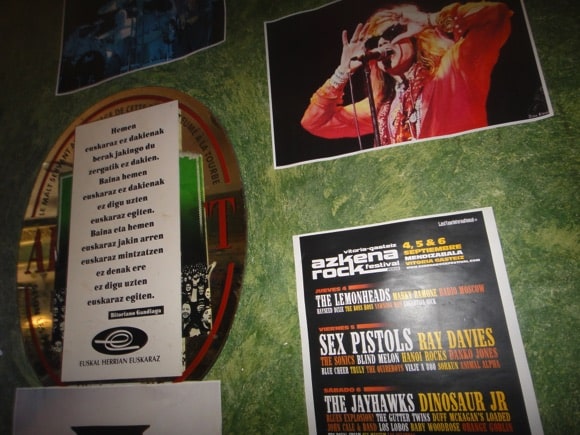

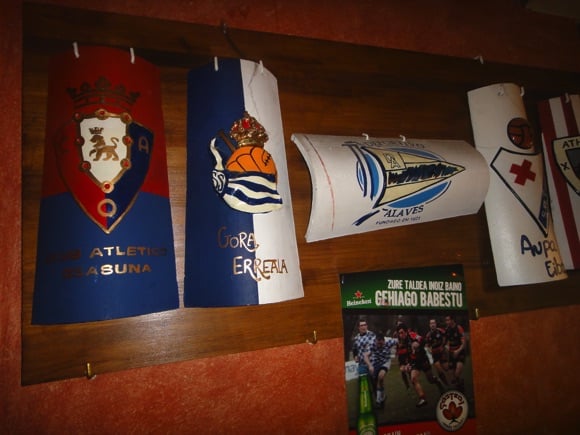
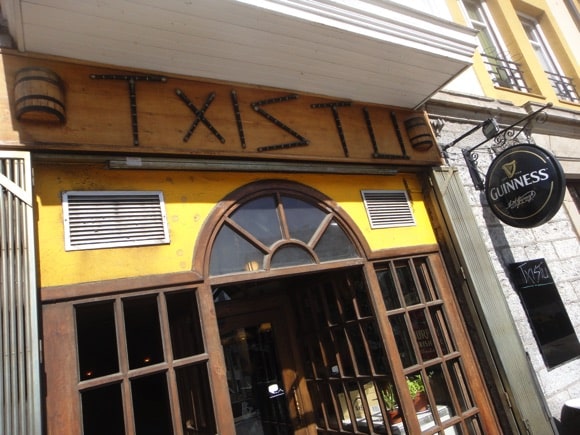
Set at the vantage point where the upper slopes of the historic centre overlook the main square below, Vitoria’s lively bar zone is signalled by the alternative sounds blaring out of Txistu, just as happy to display badges of Basque football clubs as posters announcing the forthcoming appearance of Iggy Pop.
This is the gateway to Aiztogile Kalea, whose name (‘Knife Street’) belies its friendly nature as you hop from bar to bar around the former artisanal quarter. The sulitos flow, cañas here being a bigger size of beer glass, and your tapa of tortilla will come with a topping of spicy sauce.
Next up is top tapas bar El Siete, the number referring to its favourite shirt number, 7, rather than street number, 3. Like many drinkeries here, it wears its football heart on its sleeve. From its tables outside, you can almost touch Herriko jatetxea opposite, an upscale wine bar and eatery, but don’t let that put you off. This being Vitoria-Gasteiz, it’s an upscale wine bar and eatery with football – in fact, with two HD screens in the front bar showing different games simultaneously on Euronights, waiters equally distracted as they pour some of Alava’s finest.
Back across the road, many gather at the wonderful Bar El Gautxo on match nights, partly for the superior tapas, partly for the big screen.

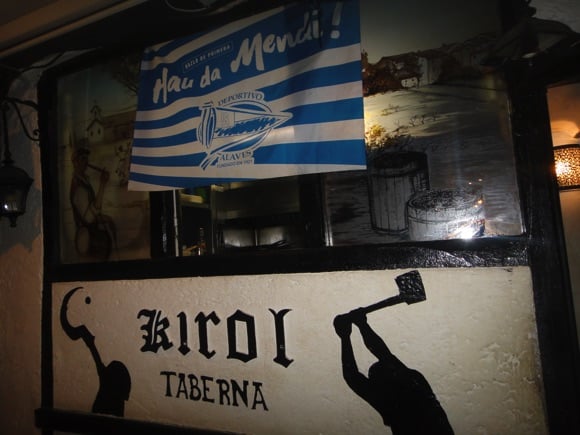
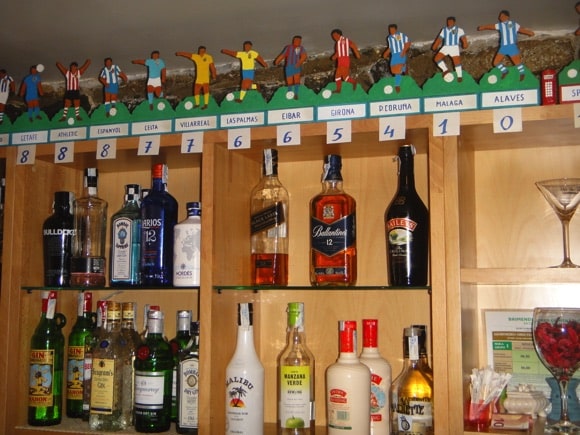
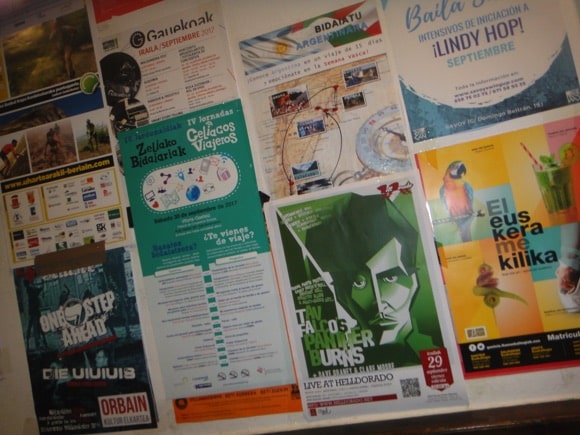

Having walked all of 50 metres, it’s probably time to explore further, perhaps venturing another 100 metres to the Kirol taberna, a sport tavern as its name suggest, this one underscored with a soupçon of heavy metal when the match isn’t on. Bare stone walls suit the place to a tee. Ioar opposite is where slightly bohemian grown-ups prefer to do their drinking, either ordering on the street from the serving hatch or watching the match indoors. The outcome might alter the cute DIY Primera standings lining the back bar – Spain is bereft of league ladders.
It’s here that you may consider turning the corner into Pintore Kalea (‘Painter Street’), not because it’s busier than Aiztogile, it isn’t, but as it has the hands-down best bar in town, Guernica. ‘Craft beer & Rock & Roll’ says as the staff T-shirt and, indeed, they deliver on that promise. They also provide advice on those beers, whether the house brew, examples from Basqueland Brewing or stellar Bavarian imports. Scarves show equal preference for the Baskonia basketball and Alavés football teams, but the huge screen at the back will inevitably be beaming soccer. Judiciously chosen alternative music does the rest.


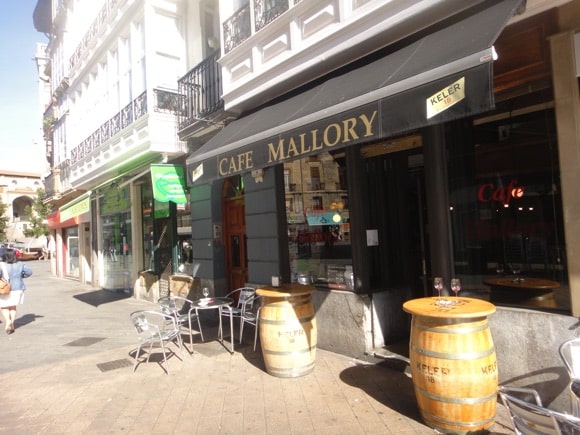
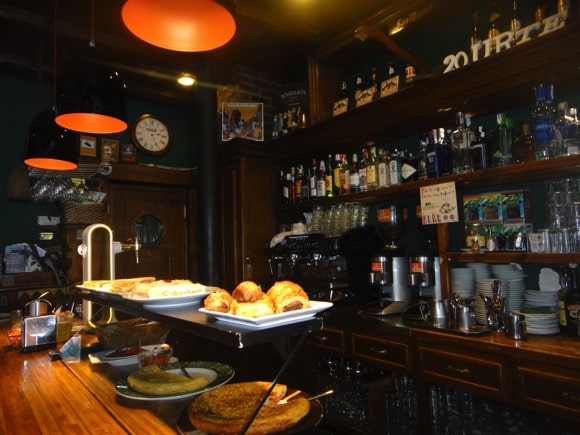
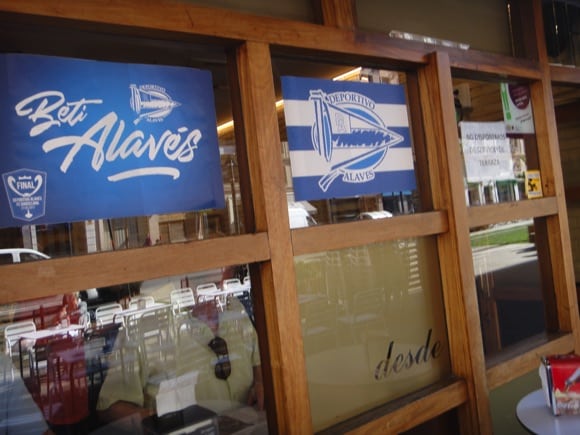
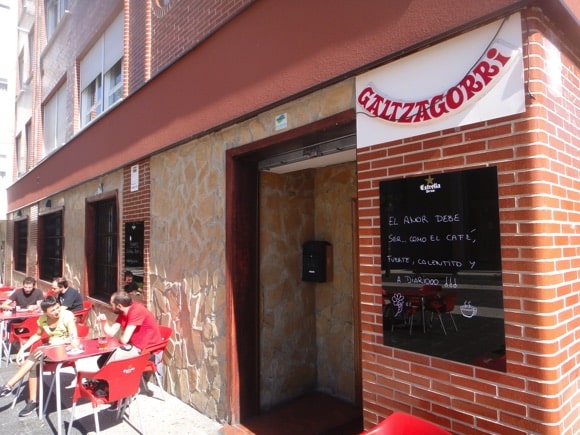
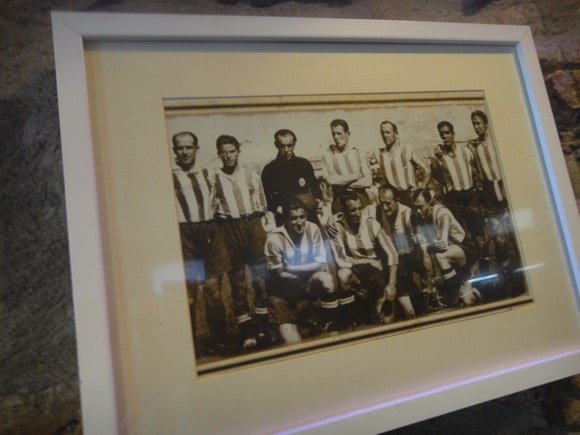
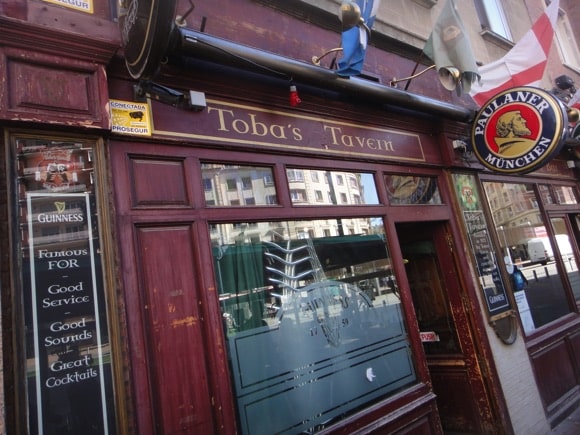


Even without scaling the short incline to the upper quarter – there’s also a moving walkway behind – you would still find plenty of drinking options down below. By the grand square of Espainia Plaza, the Bar Deportivo Alavés is a must, done out in club colours and with old team line-ups decorating walls of mirrors reflecting the wealth of tapas on offer. It opens onto two squares in fact, with seats spreading over the lower level of Andre Mari Zuriaren enparantza as well.
Opposite, the Café Dublin is the best of the Irish-style hostelries, part pub with Madness and Specials album covers on the walls, part Spanish bar with excellent tapas, and completely friendly thanks to a darling staff. Outdoor seats beneath the looming Battle of Vitoria monument catch the sun.
A little further towards town, the traditional Mallory Café is done out in archive photos of Vitoria, with a TV tuned to news and sport. The main Irish place in town is nearby, also close to Legebiltzarra parlamento tram stop. O’Connor’s was established around the same time as the Café Dublin in 1997, and also operates past midnight at weekends. This one is more pub-like, with live music and TV sport major factors. Its tables also spill out over the pavement into the sunshine.
By another tram stop, Antso Jakituna/Sancho el Sabio, the cosy Bar Txiki backs the local Baskonia basketball team but shows all kinds of sporting action amid knowledgeable chatter.
Nearby, homely Toba’s Tavern has been pulling pints since 1972, moving with the times to offer 12 on draught (including Paulaner, Guinness and Hop House). Many screens show sport, Athletic Bilbao eliciting the most fanatical reaction amid staff and regulars. Up at the bus station, traditional Galtzagorri opposite is a handy find, a warm, old-school bar/eatery with sport on TV, ideal for a welcome, or farewell, drink.
Where to stay
The best hotels for the stadium and city centre
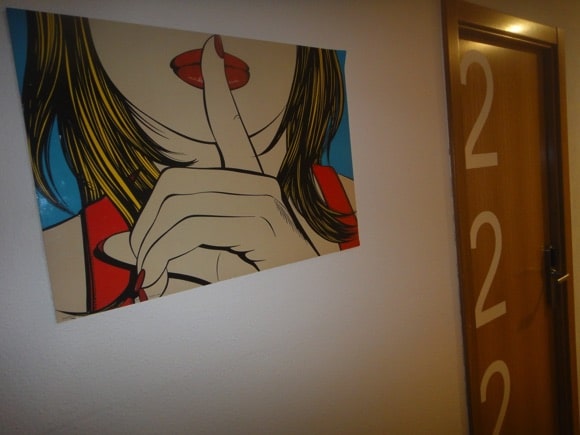
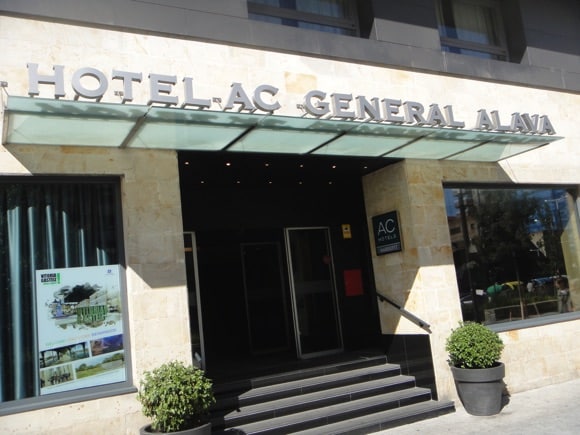
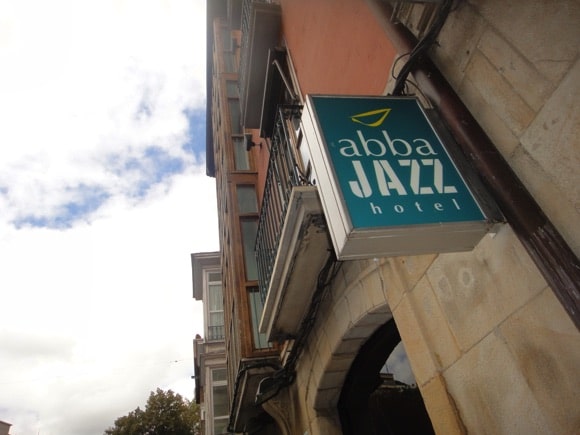



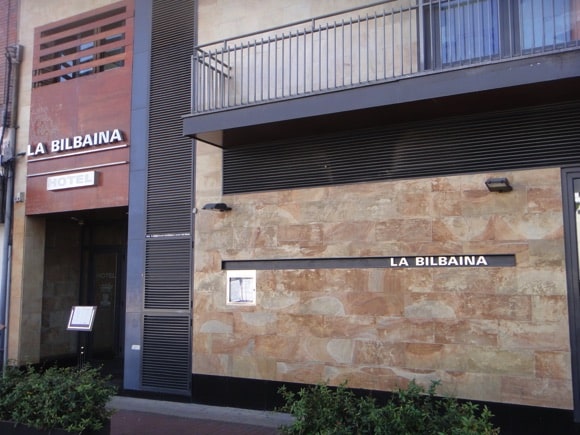
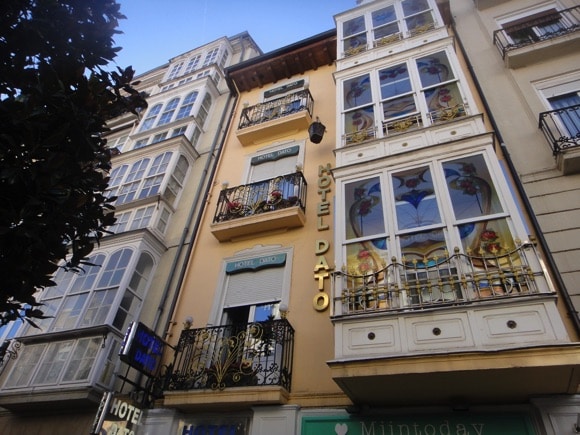

The Basque Country tourism website has a hotel database for Vitoria-Gasteiz.
Convenient for both train station and stadium, the Silken Ciudad de Vitoria by Florida Park merits its four-star status with contemporary design and quality Basque cuisine in its destination restaurant. In the park itself, the NH Canciller Ayala Victoria offers similar comforts and services. Both hotels have paid-for, on-site parking, and are on the same route as the bus for the stadium. On the edge of the park stands another superior chain, the abba Jazz Vitoria, smaller, more modest and more affordable than its competitors.
Also close by, on Eduardo Dato Kalea, the Dato dates back several decades and now provides mid-range lodgings amid unusual décor. Further up on Avenida Gasteiz, the business-friendly AC Hotel General Alava includes a gym and 24-hour laundry among its services. On General Alava Kalea, the Centro is tucked inside a shopping passage, its neat rooms a bargain given the location by a tram stop, a short walk from the main square. Reception hours are limited – you may have to check in by key code.
More modest still, but with 24-hour reception, the one-star Achuri (+34 945 255 800 provides the basics halfway between the train station and city centre on Rioja Kalea. Alongside the Artium Museum, La Bilbaina is patronised for its restaurant rather than its basic one-star rooms, despite the central location.


